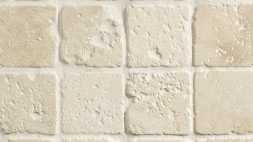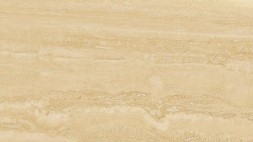It’s true that granite is the most obvious choice with respect to worktop materials but marble and limestone don’t lag behind that far. Both marble and limestone share many features and proffer benefits to homeowners who are seeking alternate materials for their kitchens, bathrooms and other spaces.
Both marble and limestone are made up of calcium carbonate but still they differ significantly in characteristics, application and appearance. Let’s look at the many dissimilarities that lend marble and limestone the uniqueness they so deserve.

Aesthetics and Appearance
Even though marble and limestone originate from the same source and share the same composition, both these materials can be distinguished form one another with the naked eye. While limestone comes in natural colors like tan, brown, and gray, marble comes in a much wider color range that includes black, white, gray, red, blue, green, etc. – both in kitchen and bathroom worktops. Also, while limestone features patterns left by fossils and shells, marble usually features streaks and veins due to the presence of minerals within.

Density and Hardness
Marble is harder and denser as compared to limestone. But both the materials range very low on the Mohs scale used specifically to measure a stone’s hardness. The materials are rate much lower than granite – granite is extremely hard and dense. Furthermore, marble is more compact and less porous compared to limestone because of its exposure to heat and pressure inside the earth. This makes marble less vulnerable to staining.

Application
While marble is considered to be an effective material for bathrooms – especially the walls and floors – and tabletops, limestone on the other hand are used for designing wall panels, entrance floors, walls, etc.
Maintenance
Both marble and limestone share their susceptibility to acidic materials. They can be highly damaged if they are brought into contact with substances that contain acid as a primary component. Hence, you need to be extra careful while preparing your glass of lemonade or handling vinegar as these juice spills can leave behind permanent marks on the stone surfaces. And if this happens, you will have to seek professional resurfacing and re-honing of your worktops.
Cost
The cost of marble and limestone can significantly vary from one price point to another depending on the source, color and treatment of the particular stone you are purchasing. Limestone usually is priced lower than many other stone variety. This is because it is more widely available and is much easier to work with. Marbles will cost a little more owing to its color range and unique imprints.
Both marble and limestone can be chosen for worktops in your home. That decisive power rests entirely with you. Hopefully this comparative study will act as a checklist and aid in simplifying your decision making process. Good luck and happy renovating!
Buy limestone worktops from an authentic UK manufacturer to avail long-term guarantee on your product.
